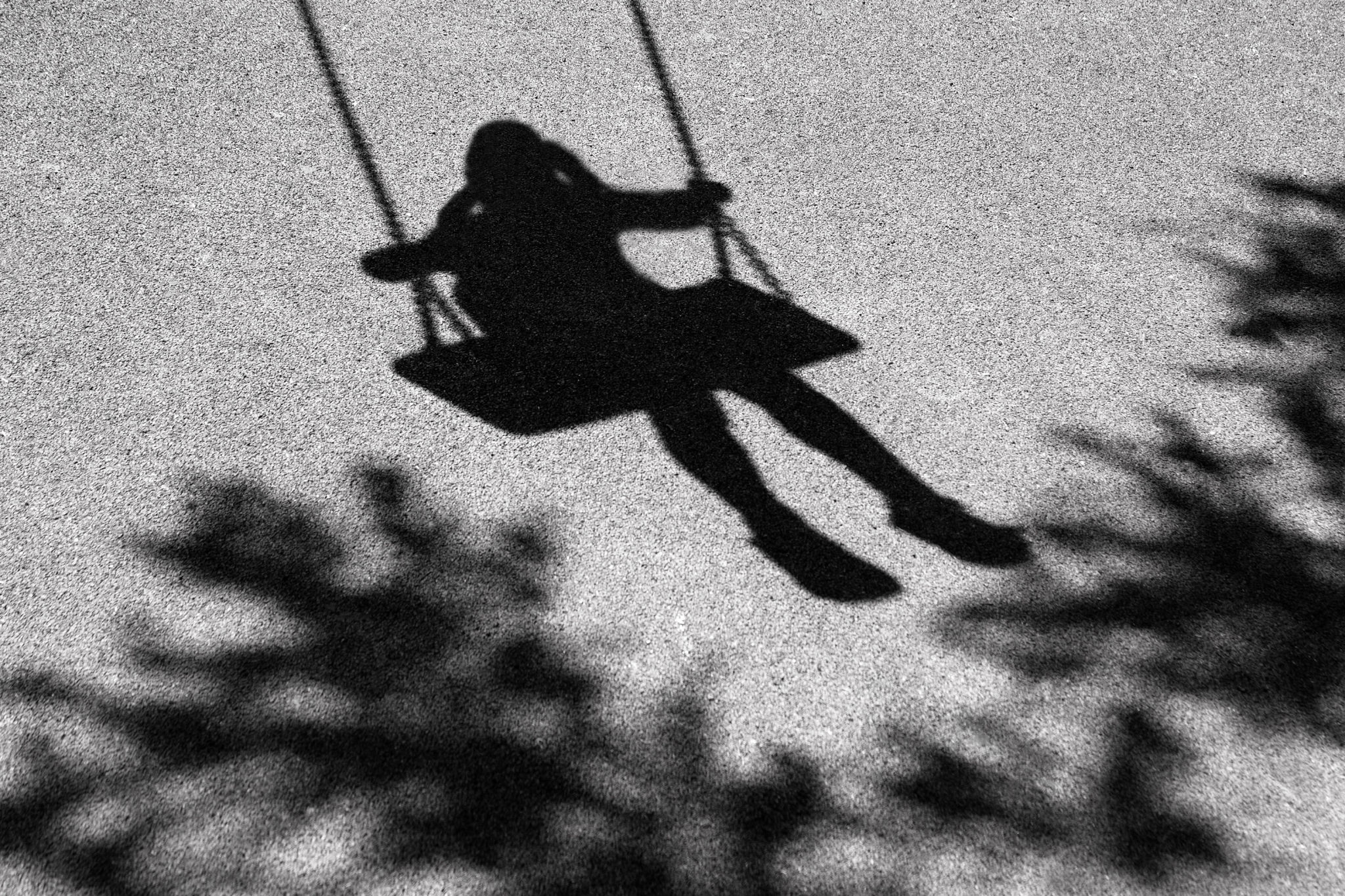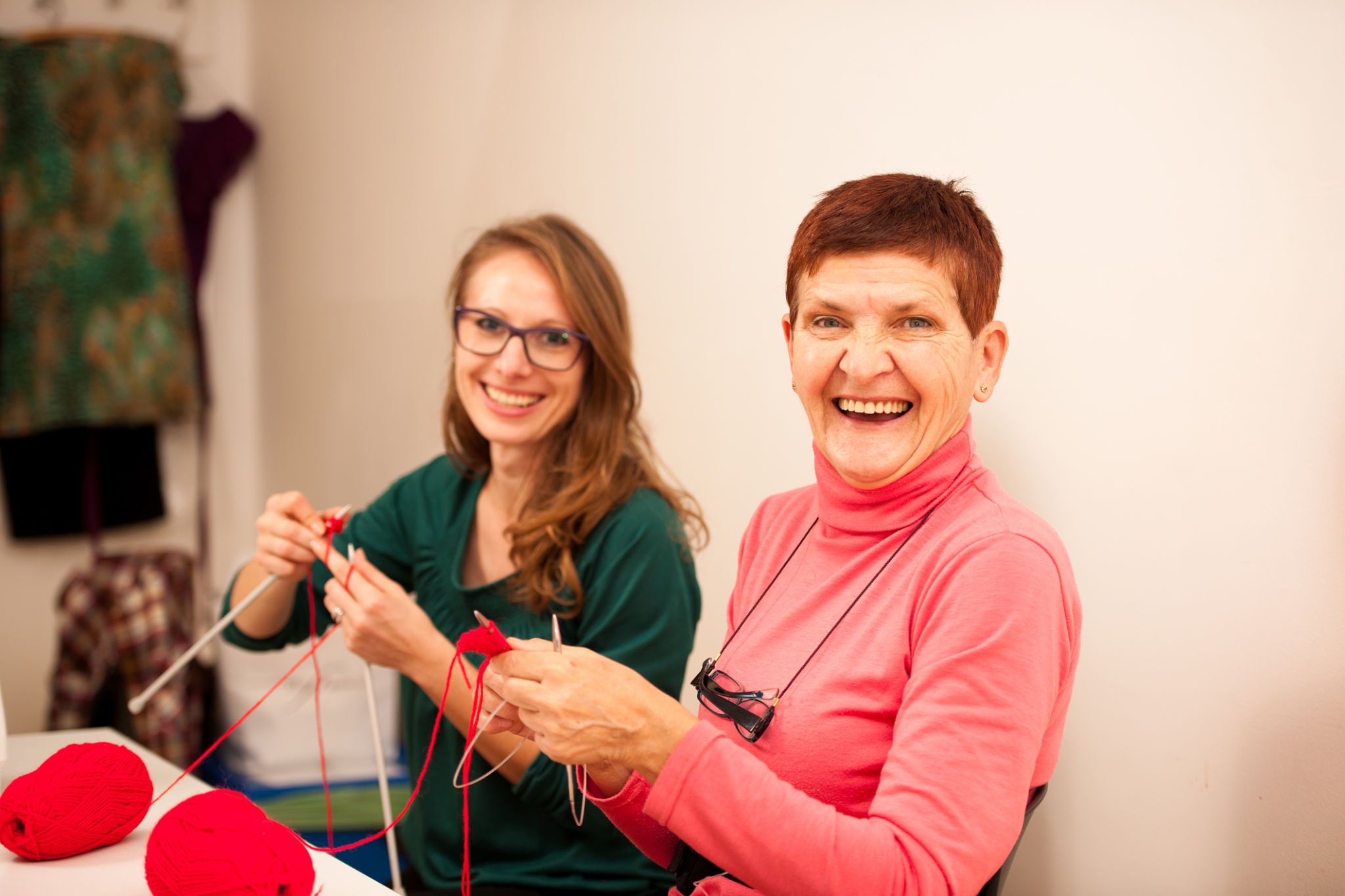Why You Feel Like a Zombie: Emotional Bugs in Depression and Anxiety
You open your laptop and try to write a reply. Just one reply, you tell yourself. But the words don’t come. The screen just glares back. There’s that squeeze behind your eyes again, and the same unread messages blinking in the corner like distant alarms you’ve stopped hearing. You feel tired, and also defeated. Everything is too much, and yet nothing seems to matter. You haven’t cleaned the sink. You haven’t replied to Alice. You haven’t been to the gym. You vaguely remember this state—not in sharp detail, but enough to recognize its shape. You’d been doing well long enough that you assumed it was behind you. That whatever weighed you down had been outgrown, resolved, and left in the past. But now, something’s stirring again. You find yourself retracing the days, scanning for triggers, wondering if there was a moment that tipped the balance. Still unsure whether this is just a passing turbulence, or the return of something insidious.
Somewhere else, in a parallel life, another version of you sits in the same chair, opens the same laptop, and tension is already in the room. You’re not focused, you’re scanning, and your mind is spinning. You already regret what you haven’t yet written. Your hands move quickly, flicking between tabs, checking messages, closing windows, reopening them seconds later. There’s a current of urgency behind every movement. You start typing, stop, rephrase, delete. You skim emails but retain nothing. Your body is bracing: shoulders rigid, breath shallow, jaw tight. Every ping feels like it might be bad news. You reread drafts compulsively, unsure what sounds right. You toggle between apps, circling, checking, looping. You’re not sure what you’re looking for, only that it feels like your job to stay alert. Because something will go wrong. And when it does, you'll be prepared.
What are you more prone to: depression or anxiety? Which pattern feels more familiar: the heaviness that pulls you down, or the tension that wraps around your ribs like a tightening vine? Or is it both? That’s entirely possible. And you don’t need a clear answer to keep reading. Today, we’re looking at both. These moods feel different in your body, but they all rise from the same place: the hidden kitchen of the brain, where your emotions are slow-cooked from ancient recipes.

The Seven Core Emotional Systems: The Mechanics Behind Your Well-Being
Your feelings don’t float in from nowhere. They grow from an inner ecology of neural circuits, each evolved to handle specific challenges life once posed. But they weren’t shaped to make you happy. Emotional life wasn’t sculpted for contentment or personal fulfillment. It was sculpted to serve biology’s deepest mandate: keep the genes to travel forward. Your joy, your dread, your bursts of longing or grief, they’re all rooted in patterns grown across millennia. When your inner landscape starts drifting away from nature’s ancestral priorities, discomfort follows. Sadness, panic, numbness, fear, these are the messages. Nature’s intentions don’t always rhyme with yours. The feelings arise from your primary emotional neural networks that go by names that sound deceptively innocent: [1]
- SEEKING: Promotes exploration, curiosity, learning, and goal pursuit.
- PANIC/GRIEF: Signals separation or loss, prompts social reconnection.
- PLAY: Facilitates social bonding, learning, and emotional resilience.
- FEAR: Orchestrates threat detection and protective withdrawal.
- RAGE: Asserts boundaries and mobilizes defensive action.
- CARE: Motivates nurturing, caregiving, and social support.
- LUST: Coordinates reproductive behavior.
When things go well, these neural webs work quietly in your favor, like a well-tended garden that blooms without much supervision. Each one knows its season, its rhythm, its task. But in depression and anxiety, the balance wobbles. Some parts fall silent before their work is done and others grow wild and overtake the rest. What should be a living harmony turns uneven: too much, too little, all at once. It depends on which system is speaking, how loudly, and whether the rest of the inner chorus knows how to respond.
Depression: A Loss of Drive and Connection
Depression moves in slowly, like winter seeping into the bones of your inner world. The emotional landscape dims, not all at once, but in pieces. Curiosity fades first, then the pleasure of small things, then the instinct to reach out. The SEEKING neural web, which normally stirs you toward new experiences and rewards, grows quiet. The world turns flat and flavorless, and even the things you once loved lose their pull [2,3]. The PLAY web , too, curls inward. Social moments feel distant, like scenes from a play you no longer know how to enter. Laughter, conversation, the ordinary joys of contact drift out of reach [4]. Even the CARE web softens its voice. The warm impulse to nurture, to connect, to feel close begins to dim. You might still love, but it no longer feels vibrant. You feel further away from others, even when they’re right in front of you [4].
Meanwhile, the PANIC/GRIEF web begins to stir, like a low and steady wind through an open field. It hums with the ache of loss, not always tied to something concrete, but there nonetheless. The body picks it up before the mind does. A hollow in the chest with a tightness behind the eyes. You wake with a weight you can’t explain [4,5]. Elsewhere, the deeper brain regions stay too alert. The amygdala, that old sentinel of threat and sorrow, becomes overly sensitive. A small slight echoes for hours and a passing thought becomes a spiral. Emotional shadows grow longer, and harder to shake [5]. Even your rational governor, the prefrontal cortex, which helps you pause, plan, and find perspective, begins to slow. It goes quiet, as if it, too, has grown tired [2,3,5].
All together, these shifts form a kind of emotional eclipse. Emptiness and at the same time a different kind of fullness: muted, heavy, and hard to carry.

Anxiety and PTSD: An Edge Always on the Horizon
Anxiety gathers with urgency, like a windstorm that rattles your inner branches and makes it hard to stand still. You feel it before you name it: a stir in the chest, a quickening of breath, a flicker of movement at the edges of your awareness. Your attention sharpens, but it doesn’t settle. It circles and scans. The FEAR web is in charge now, and it doesn’t trust the stillness. It wants motion, vigilance, preparation, ass if danger might emerge at any moment, from anywhere [2,5]. Your thoughts race to keep pace. There’s a tension between needing to act and not knowing what to do. The world feels full of potential threats, small ones, large ones, invisible ones. Your amygdala, the brain’s sentinel, is wide awake and overly talkative. It feeds your attention a steady stream of alarms, each one subtle, but convincing [5]. It pairs easily with the RAGE web, especially when irritability rises or frustration simmers just beneath your words. You may snap or at least feel like you’re always moments away from saying or doing something you'll regret [4].
Meanwhile, the parts of you that usually help you slow down and find perspective are hard to reach. The prefrontal cortex, your inner guide and planner, struggles to be heard over the noise. Its voice is softer, and the system doesn’t wait for soft voices [3,5]. The SEEKING web, too, quiets down. Curiosity dries up, replaced by worst-case scenario rehearsals [4]. The PLAY web, which draws you to levity and connection, becomes wary. Everything light begins to feel suspicious. You smile less, laugh less, and social spaces feel like tightropes [4]. In this state, you are always in motion but never moving forward. You act, but not with ease. You respond, but never with rest. And under it all, the nervous system buzzes like an overworked machine, trying to anticipate a future that keeps shape-shifting just out of view.

When Depression and Anxiety Entwine
Many times, your experience doesn’t fall into clean shapes. Depression and anxiety often move together, their threads twisted so tightly they become hard to tell apart. The SEEKING web quiets, its currents no longer pulling you forward. The PLAY thread frays, taking with it the lightness of interaction and the ease of connection. Yet the FEAR web still vibrates, sharp and bright, while sadness lingers in the background like a low, unceasing drone [3]. You may feel slowed and still, and at the same time, on edge. Numb, but also flooded. Detached from your own life, yet alert to every small disturbance within it. It’s a strange combination, muted and overstimulated, shut down and spun up, a tangle of opposites held together inside a single body.
Chronic stress deepens this knot. It stirs the RAGE web, not necessarily in the way that bursts into yelling or fists, but the kind that settles into the cells, whispering inflammation through your tissues. Your microglia, the microscopic caretakers in your brain, begin to stir with restlessness. Usually quiet, cleaning and restoring, they become irritable, reactive, like anxious sentinels pacing the corridors, wielding their cytokines like brooms turned into spears [6]. And so, the threads pull in different directions, some slack with stillness, others taut with alarm. You live inside this tension, like a wind-chime in a storm, rattling even in silence, waiting for the next gust.
When the Threads Snarl: A Closing Reflection
By now, you understand how your emotional webs can fray. Depression quiets some threads until they fall slack: your SEEKING web grows still, your PLAY and CARE fibers go dim, and the prefrontal regions that once helped you plan and pace seem to lose its grip. At the same time, the threads of SADNESS and alarm pull tighter, tugged by a hyperactive limbic system, thrumming grief through your bones. Anxiety and PTSD weave their own distortions. The FEAR web is strung too tight, vibrating constantly at the slightest touch. Your RAGE web stirs beneath the surface, and the amygdala flares like a faulty lantern, casting shadows where none exist. The parts of your brain meant to anchor and regulate go quiet, while the rest shout over them, drowning out calm with signal noise.
These patterns speak of a spirit pulled out of alignment, echoing an ancient design shaped for the survival of your genes. Your emotions were not woven to make you happy, but to pass on life. And now, they’re tangled in the pressures of modern life: inboxes, calendars, deadlines, and news alerts. Even so, these patterns don’t hold you in place forever. With the right attention and enough patience, they can be softened, stretched, rewoven. Given time and guidance, the same nets that once trapped you can be taught to hold you. This is what emotional growth truly is: not becoming someone new, but coaxing your nature into a shape that fits your life.
You inherited emotional fibers that pull toward survival and reproduction, not peace or purpose. And there's the tension from a clash with modern life. Tangled in all these pressures, those strands can feel like they’re pulling you apart. Finding steadiness here takes more than effort. It takes care and clarity, that honor your nature while gently reshaping it. You can learn to work with these inherited threads guiding them, reworking their shape, teaching them to carry not only survival, but direction. Your emotional web isn’t fixed in stone. It shifts with repetition, with reflection and attention. The same signals that once overwhelmed you can become cues for choice and action. With deliberate, steady persistence, you can reshape your emotional inheritance into something that holds, not haunts you.

Sources
[1] Panksepp, J. (2004). Affective neuroscience: The foundations of human and animal emotions. Oxford university press.
[2] Int-Veen, I., Laicher, H., Torka, F., Kroczek, A., Bihlmaier, I., Storchak, H., Velten-Schurian, K., Dresler, T., Täglich, R., Fallgatter, A. J., Ehlis, A.-C., & Rosenbaum, D. (2023). Prefrontal hypoactivation induced via social stress is more strongly associated with state rumination than depressive symptomatology. Scientific Reports, 13(1), 15147. https://doi.org/10.1038/s41598-023-41403-y
[3] Schlund, M. W., Verduzco, G., Cataldo, M. F., & Hoehn-Saric, R. (2012). Generalized anxiety modulates frontal and limbic activation in major depression. Behavioral and Brain Functions, 8(8), 1-5. https://doi.org/10.1186/1744-9081-8-8
[4] Montag, C., & Panksepp, J. (2019). The Dutch translation of the Brief Affective Neuroscience Personality Scales (BANPS). Personality Neuroscience, 2, e6. https://doi.org/10.1017/pen.2019.6
[5] Sha, Z., Wager, T. D., Mechelli, A., & He, Y. (2019). Identification of common neural circuit disruptions in emotional processing across psychiatric disorders. Nature Human Behaviour, 3(3), 265–273. https://doi.org/10.1038/s41562-018-0370-3
[6] Zhang, Y., Zhang, H., Zhang, Y., & Wang, Y. (2023). Persistent increase in microglial RAGE contributes to chronic stress-induced priming of depressive-like behavior. Brain, Behavior, and Immunity, 115, 101–113. https://doi.org/10.1016/j.bbi.2023.01.005